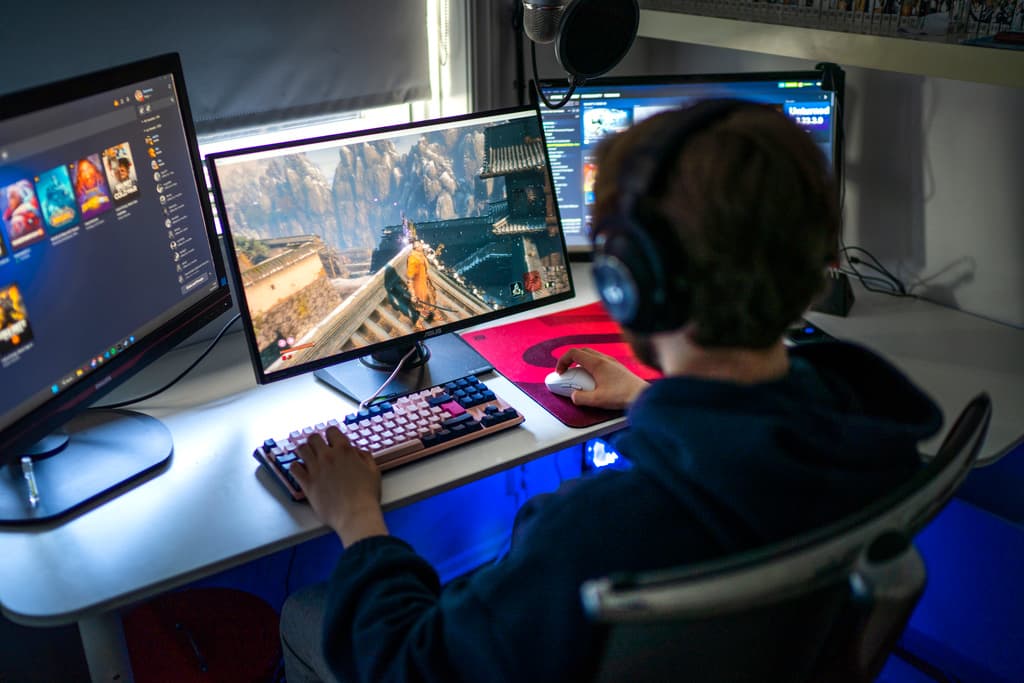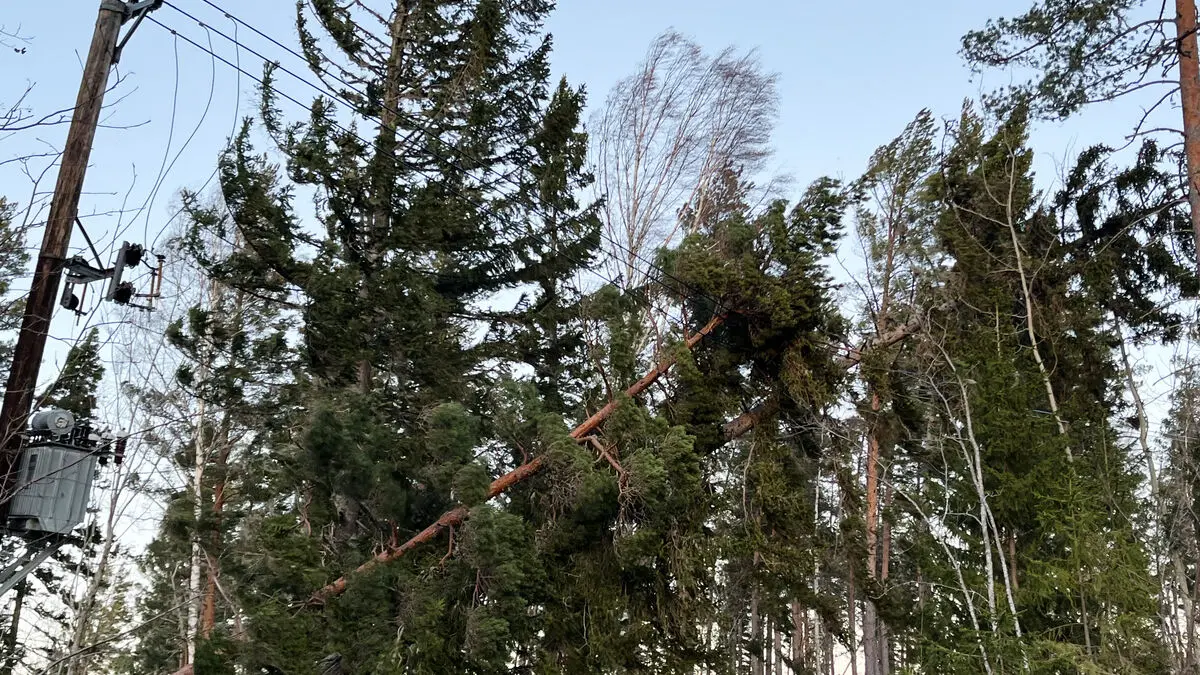There is a strong link between excessive gaming or TikTok use in free time and poorer school results, according to a new report from the National Agency for Education.
The negative effect is noticeable from just one hour of usage per day.
Spending too much time in front of a screen has its risks. The Public Health Agency has recently pointed out that children's and young people's digital media use affects sleep, relationships, and physical activity negatively.
Now, the National Agency for Education shows that there is a clear link between screen time during free time, such as playing Fortnite or using TikTok, and school results. This concerns 15-year-olds and how they performed in mathematics, reading, and science in the Pisa 2022 knowledge assessment.
There was a lower result in Pisa already from one hour of social media use per day, says Pernilla Jonsson, unit manager at the National Agency for Education.
No clear connection
Computers and other digital learning tools are also a given at most schools. However, how their use in teaching affects results is harder to determine, according to the National Agency for Education. There are no clear connections.
Moderation seems to be best, considering the number of hours used per day. In any case, students who use computers, tablets, or mobile phones for three to four hours per school day have better Pisa results than those who use them for more or fewer hours.
But you shouldn't focus solely on the number of hours. It's also about how digital learning tools are used and for what purpose, says Pernilla Jonsson.
This is, however, something the study cannot answer, nor can it determine the competence or skills of teachers.
What you can say is that it's complex. Screens can both facilitate knowledge acquisition and be a distraction.
"Need help"
The picture also shows that most Swedish 15-year-old students use digital tools for non-learning purposes for up to one hour per school day, during breaks or lessons. Every fifth student responds that they never or almost never turn off social media notifications during lessons. Four out of ten students report being distracted by notifications during almost every maths lesson – but the National Agency for Education sees no, or only a weak, connection between these distractions and Pisa results.
In summary, the National Agency for Education's report points out that it is screen time outside of school that has a clear link to school results.
15-year-olds need help to limit their use of social media and computer games. But it's also important that they learn self-regulation, i.e., to learn responsible use. All adults around the students are important here, says Pernilla Jonsson.
Anna Lena Wallström/TT
Facts: Pisa 2022
TT
The results of Swedish students in the international knowledge assessment Pisa 2022 dropped significantly in mathematics and reading comprehension, compared to 2018.
The third knowledge area, science, also showed a deterioration, but within the margin of error.
The reading and mathematics results thus returned to the same record-low level as 2012.
Despite the decline, Sweden still placed above the OECD average, as most other countries also declined.
The pandemic, with school closures, has been cited as a reason for the global decline.
Other reasons mentioned, nationally and internationally, are increasing quality differences between schools and lack of discipline and study habits.
Source: OECD/National Agency for Education
In a new report, the National Agency for Education has compared 15-year-olds' use of digital tools with the Pisa results 2022. The study has a Nordic perspective.
Some results:
The use of digital tools in schoolwork varies greatly, from not at all to the entire school day. The most common response is up to three hours.
Two-thirds of students do not use digital tools for leisure purposes during school hours, or at most one hour.
The use of digital tools is more widespread in the Nordic countries compared to the OECD average. The highest usage is found in Denmark.
There is a strong connection between excessive screen time during free time and weaker knowledge results. The National Agency for Education notes, however, that it is not possible to determine cause and effect. It may be that already low-performing students spend the most time on computer games and social media.
Source: National Agency for Education





